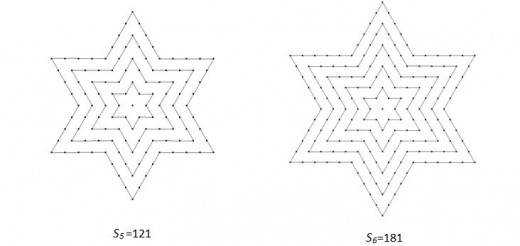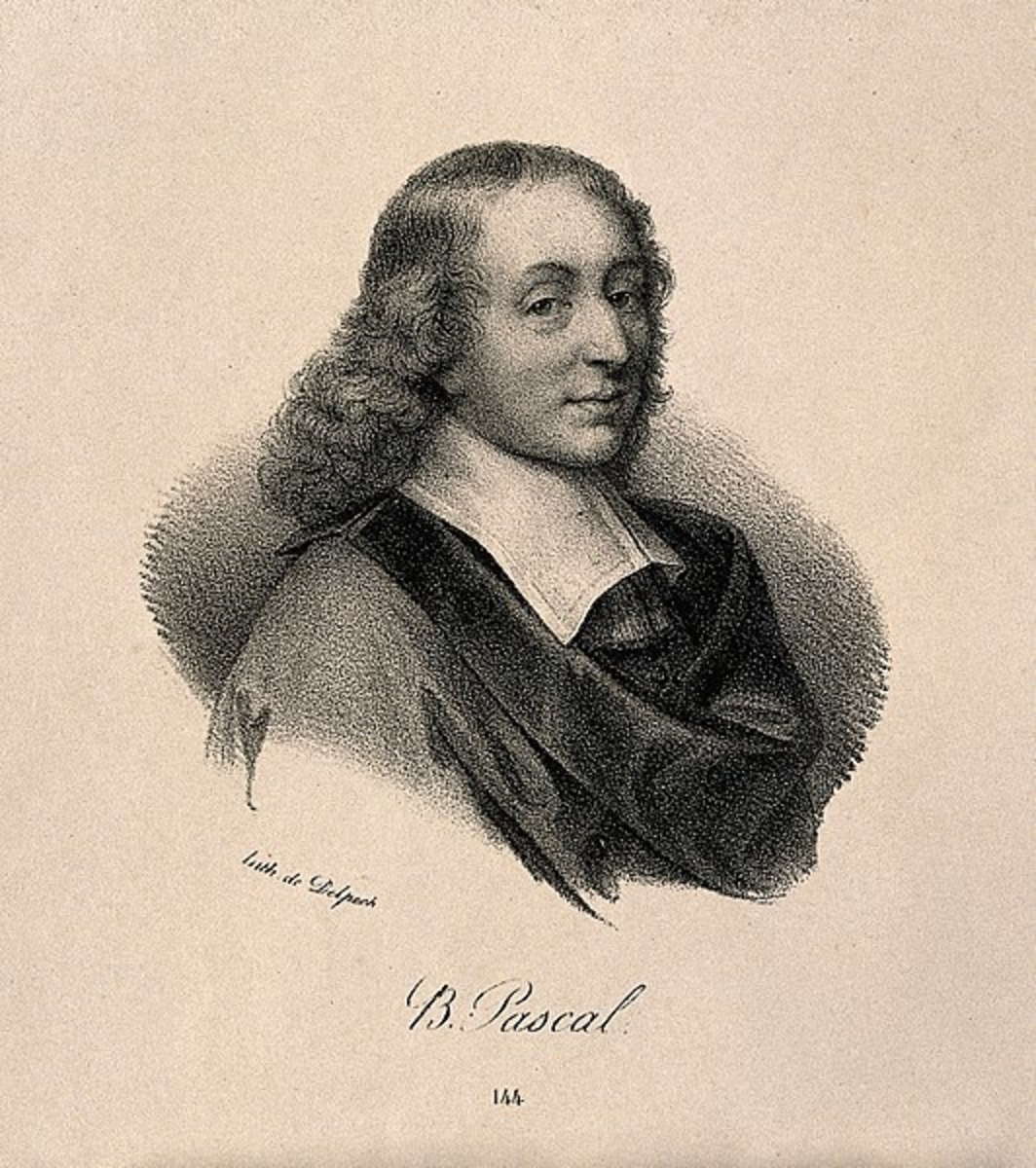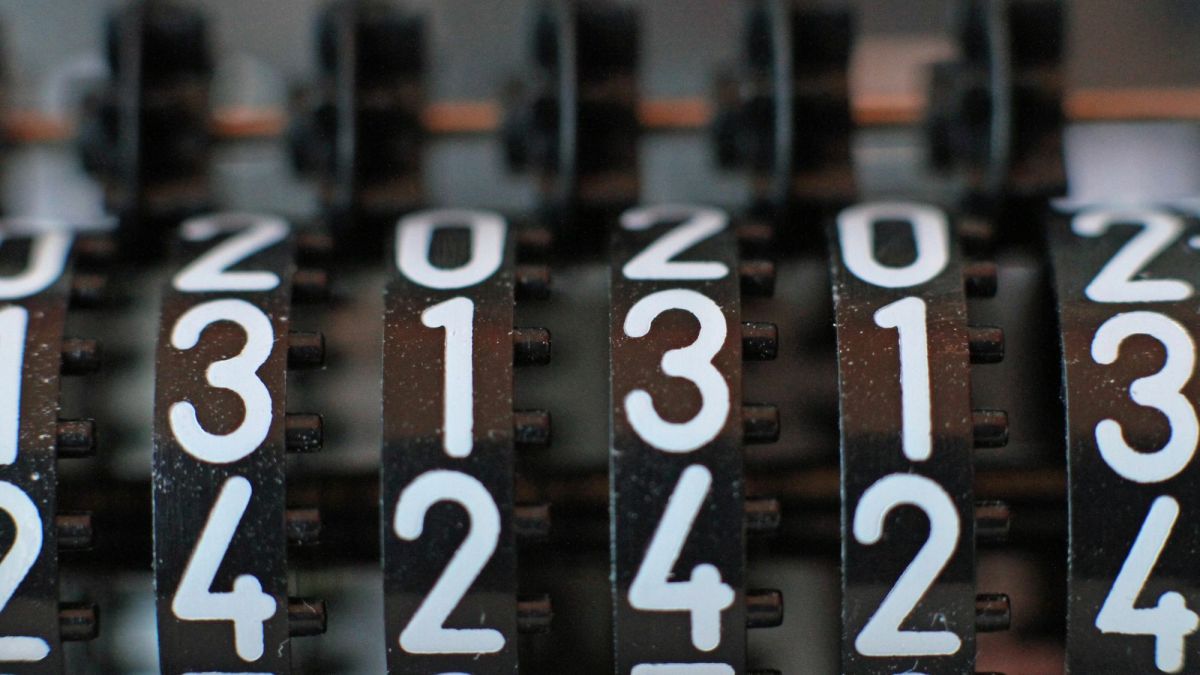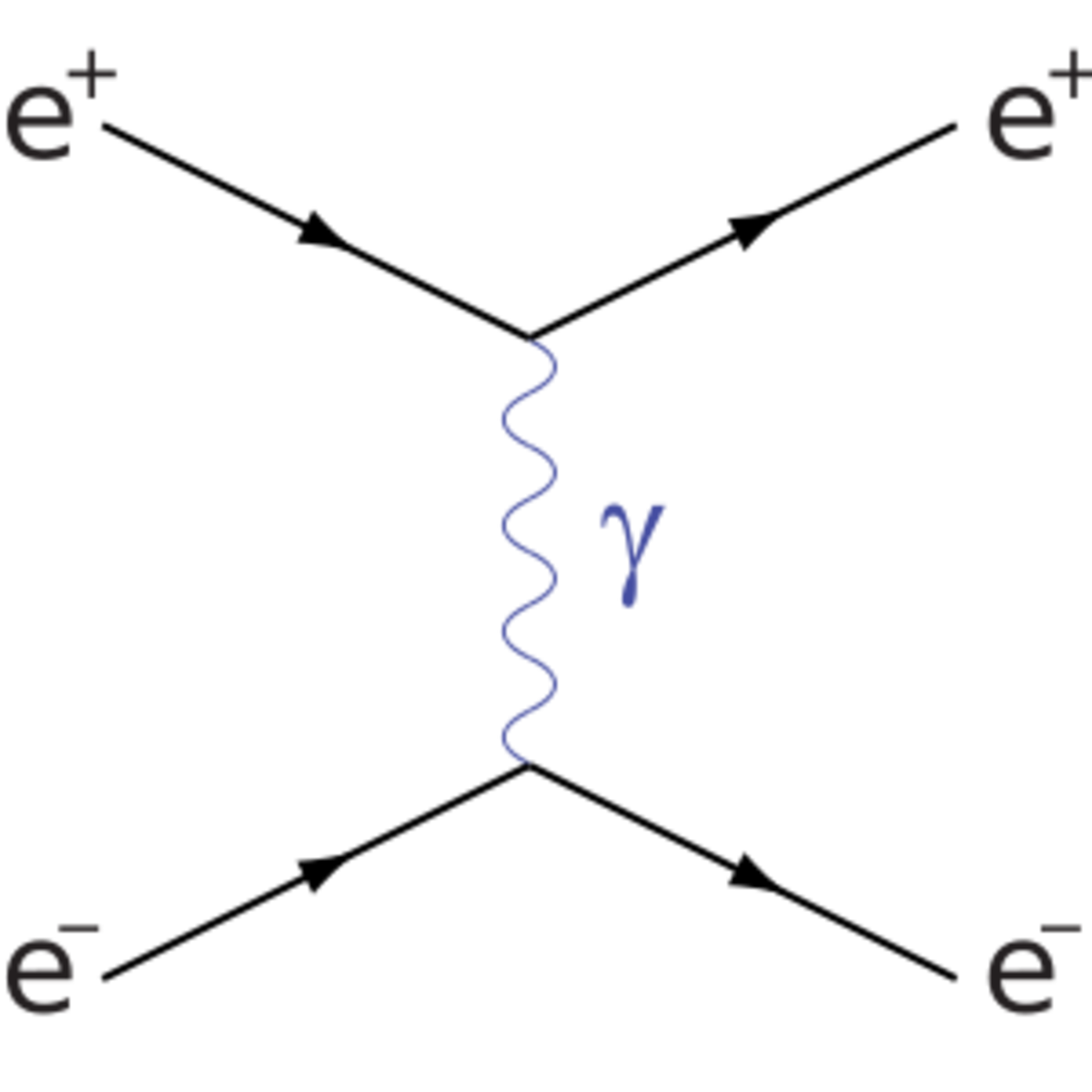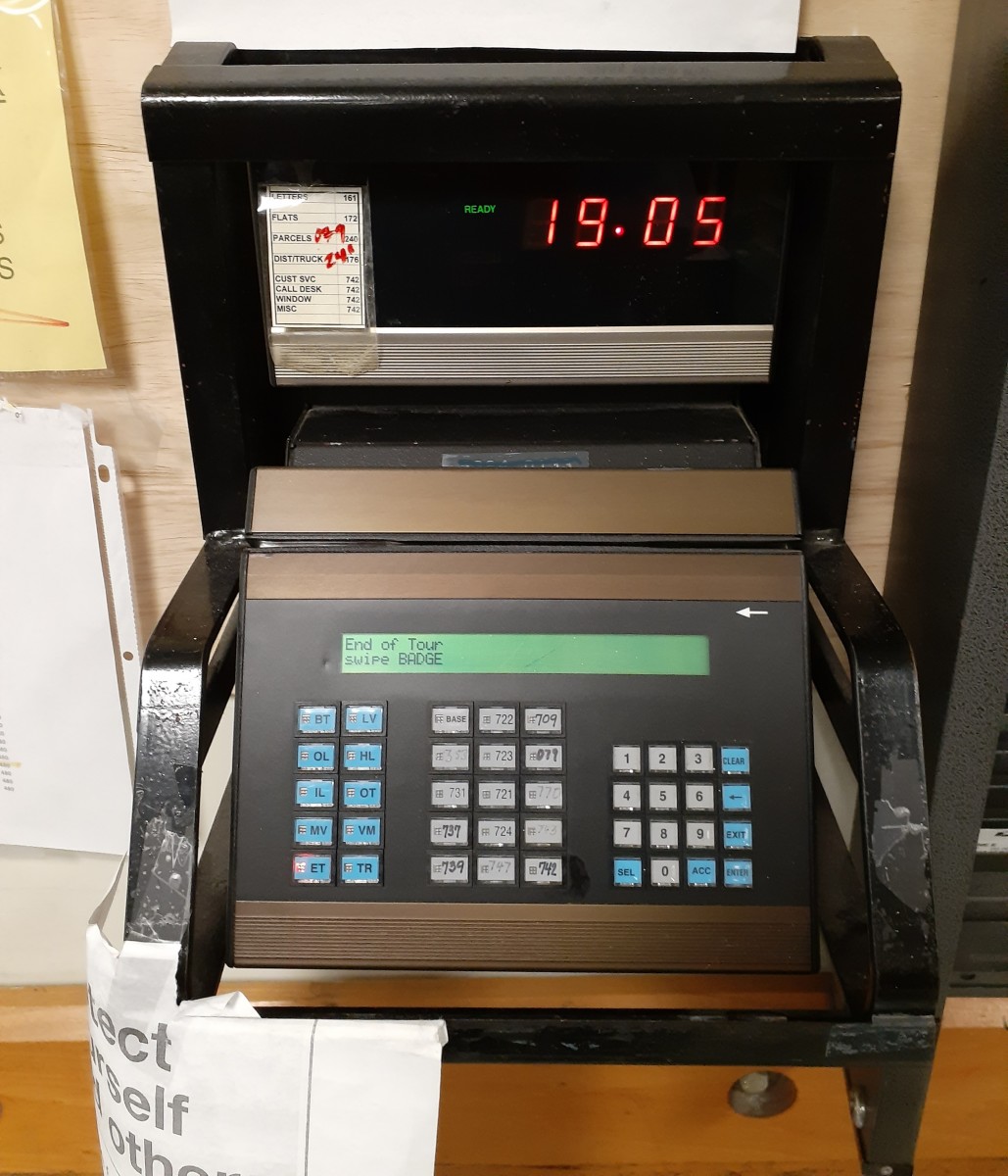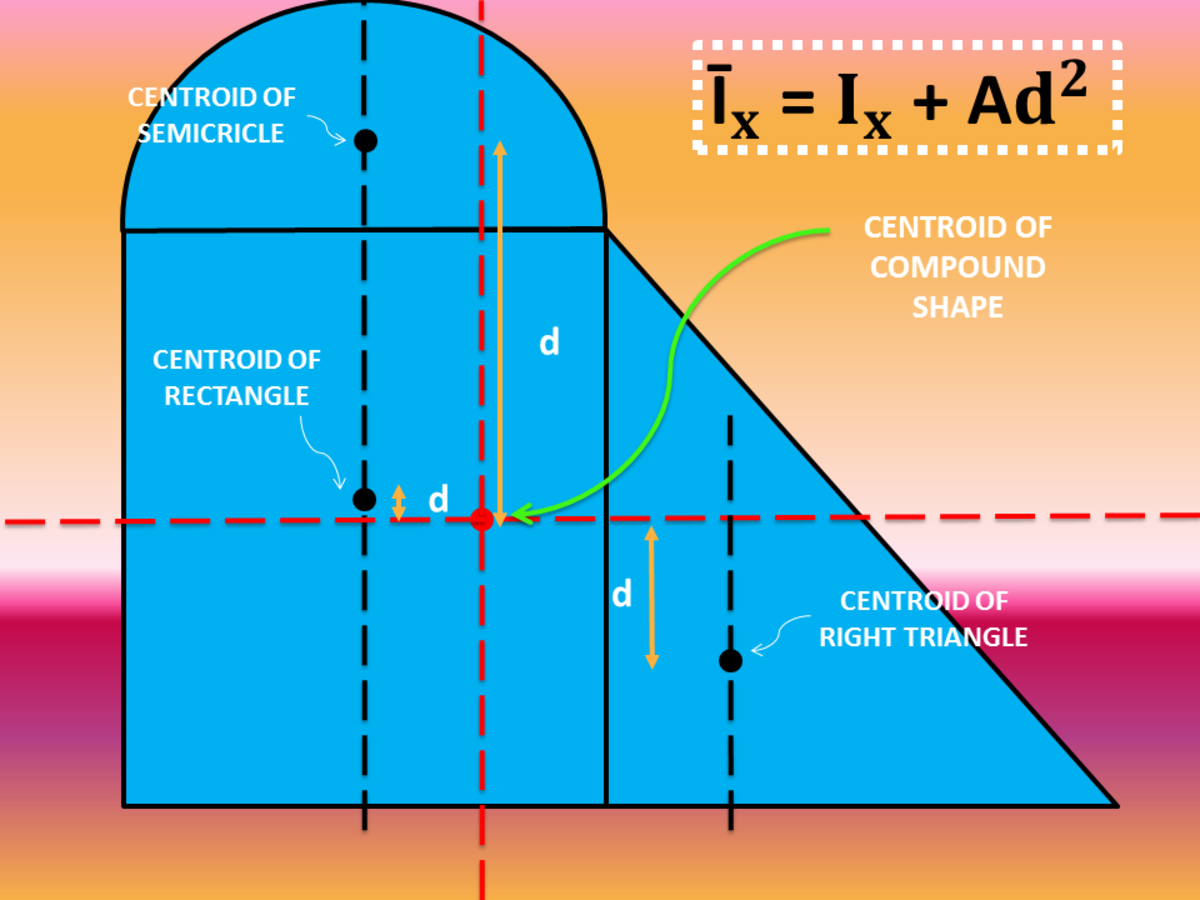Stellar Numbers (Part 2)
The next part of our task is to consider stellar (star) shapes with p vertices, leading to p-stellar numbers. The first four representations for a star with six vertices are shown in the four stages S1–S4 below. The 6-stellar number at each stage is the total number of dots in the diagram.

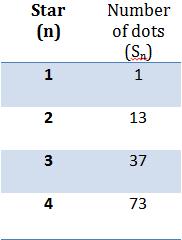
Again in this task like in previous one I will try to present this diagram in form of table because of easier work. I simply counted every dot in each star and put into the table.
Since each number represent sum, we should find actual numbers in this sequence and from general formula for sum which says that: Sn=U1+U2 + U3 + U4 + … + Un we can calculate all numbers in this sequence.
So; if Sn=U1+U2 + U3 + U4 + … + Un then S2=U2+U1 and since we have S2 which is 13 and we know U1 which is 1 we can calculate U2; U2= S2 -U1, we can therefore say that: U2=13-1 so we can calculate this and U2=12.
So; if Sn=U1+U2 + U3+U4+…+Un then S3=U1+U2+U3 and since U1+U2=S2 then S3=S2+U3, so U3=S3-S2 and from this U3=37-13 we can calculate that U3=24.
So; if Sn=U1+U2 + U3+U4+…+Un then S4=U1+U2+U3+U4 and since U1+U2+U3 =S3 then S4=S3+U4, so U4=S4-S3 and from this U4=73-37 we can calculate that U4=36.
When we know this information then we can calculate the difference and check if the difference is the same each time. That can be easily checked by using this formula: d=Un-Un-1. This time I will calculate like this: U3-U2 = U3-U4 and if this is true then the difference is same for these two terms in this sequence.
So, by using U3-U2 = U4-U3 calculations go like this: U3-U2 = U4-U3 => 24-12 = 36-24 => 12 = 12 so the difference in both cases is twelve and because of this I will take this sequence partially arithmetic. I take it partially arithmetic because difference between second term and the first one isn’t 12 but because of the fact that after first term which is one in this case (that represents 1 dot) stars won’t get any additional points like this one in the middle I can work with other terms and take that part (after first term 1) of sequence as arithmetic.
Since we know what is the common difference in next terms we can calculate them in very simple way, by using this formula: Un=Un-1+d
So, since we need to calculate number of dots in each stage up to stage S6 I will calculate U5 and U6 because I already have U1to4. Using this simple formula I will calculate U5. So, U5=U4+d => U5 = 36+12 => U5 = 48.
Before I calculate U6 I can calculate how much dots is there in S6. That can be calculated by adding the S4 stage with number of dots in the next layer of star which is U5. So, S5= S4+U5 => S5 = 73 + 48 => S5 =121. This number S5 shows how many dots is there in stage S5 of the diagram.
Next thing I need to do is to calculate S6 stage of the diagram and I should do that by calculating U6 and then adding that number to the number of dots in stage S5- So, U6 = U5 + d and by introducing our numbers into this formula we get U6 = 48 + 12 => U6 = 60. Now I need to calculate how many dots there is in stage S6 of the diagram and that can be calculated by adding U6 to the S5. Hence U6 = 60 and S5 = 121 we can calculate that S6 = 121 + 60 => S6 = 181.
Now when I know how many dots are in new layer of star and how many dots are there in each stage I can easily draw those stars. They look like this:
